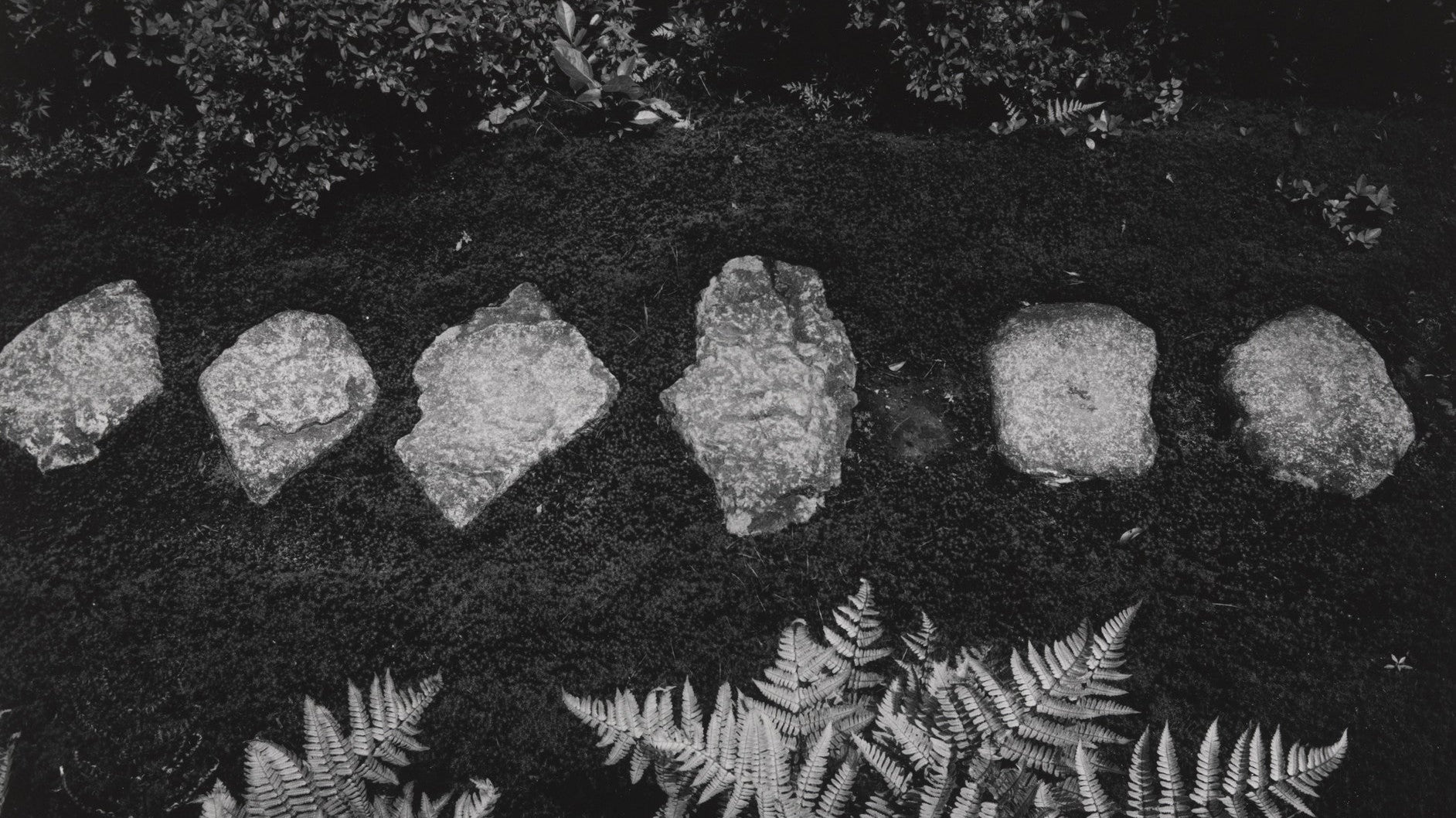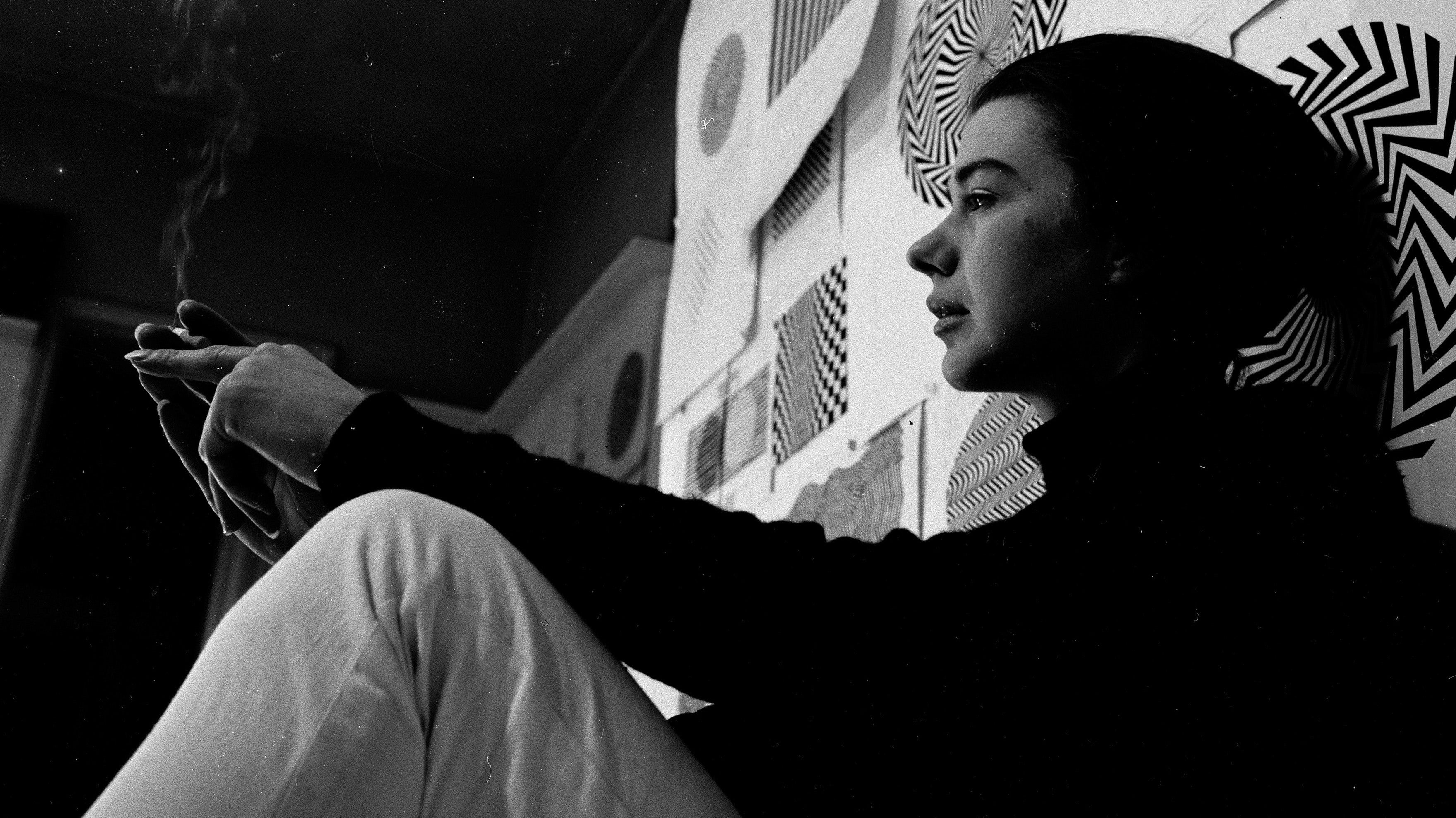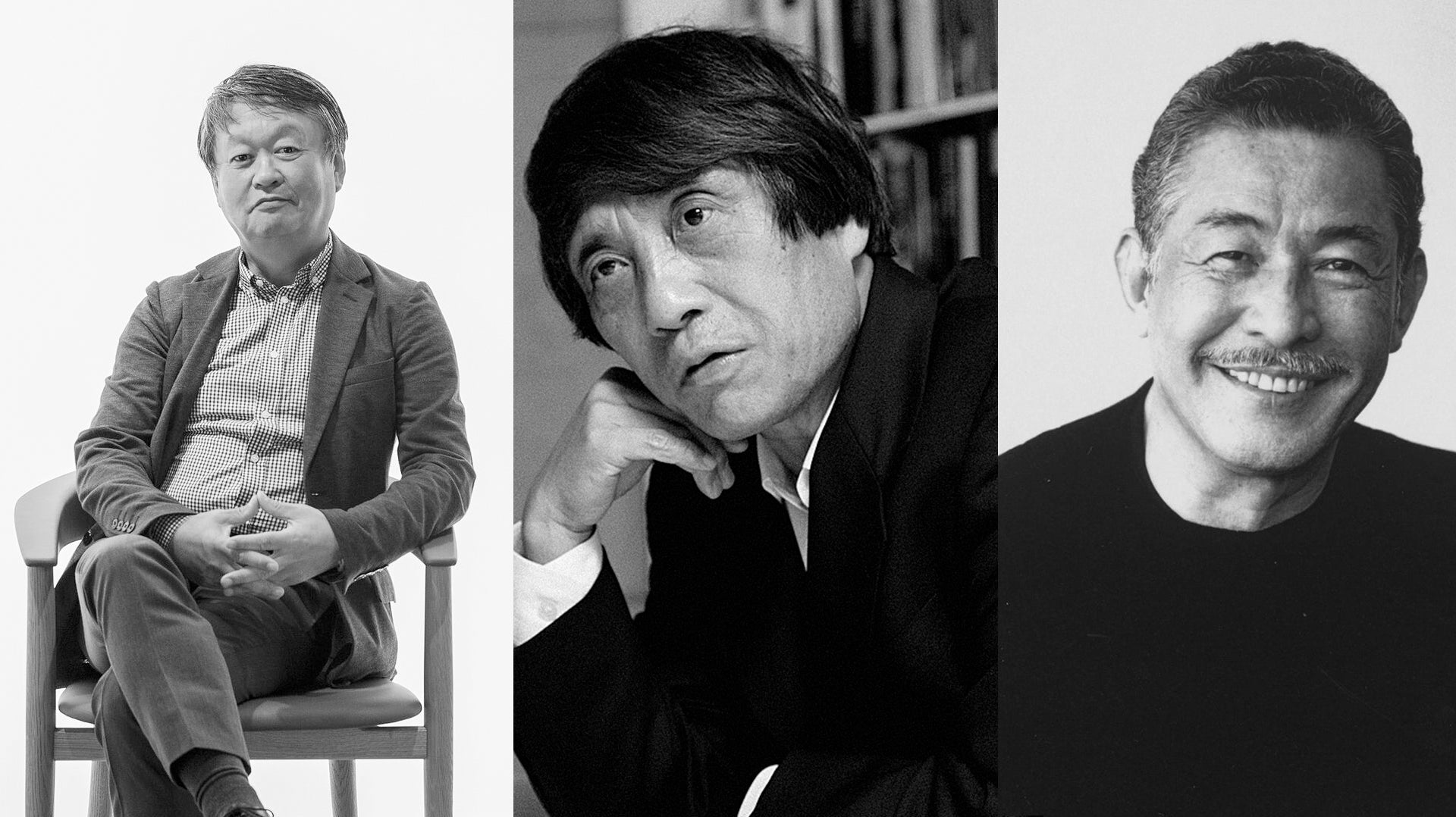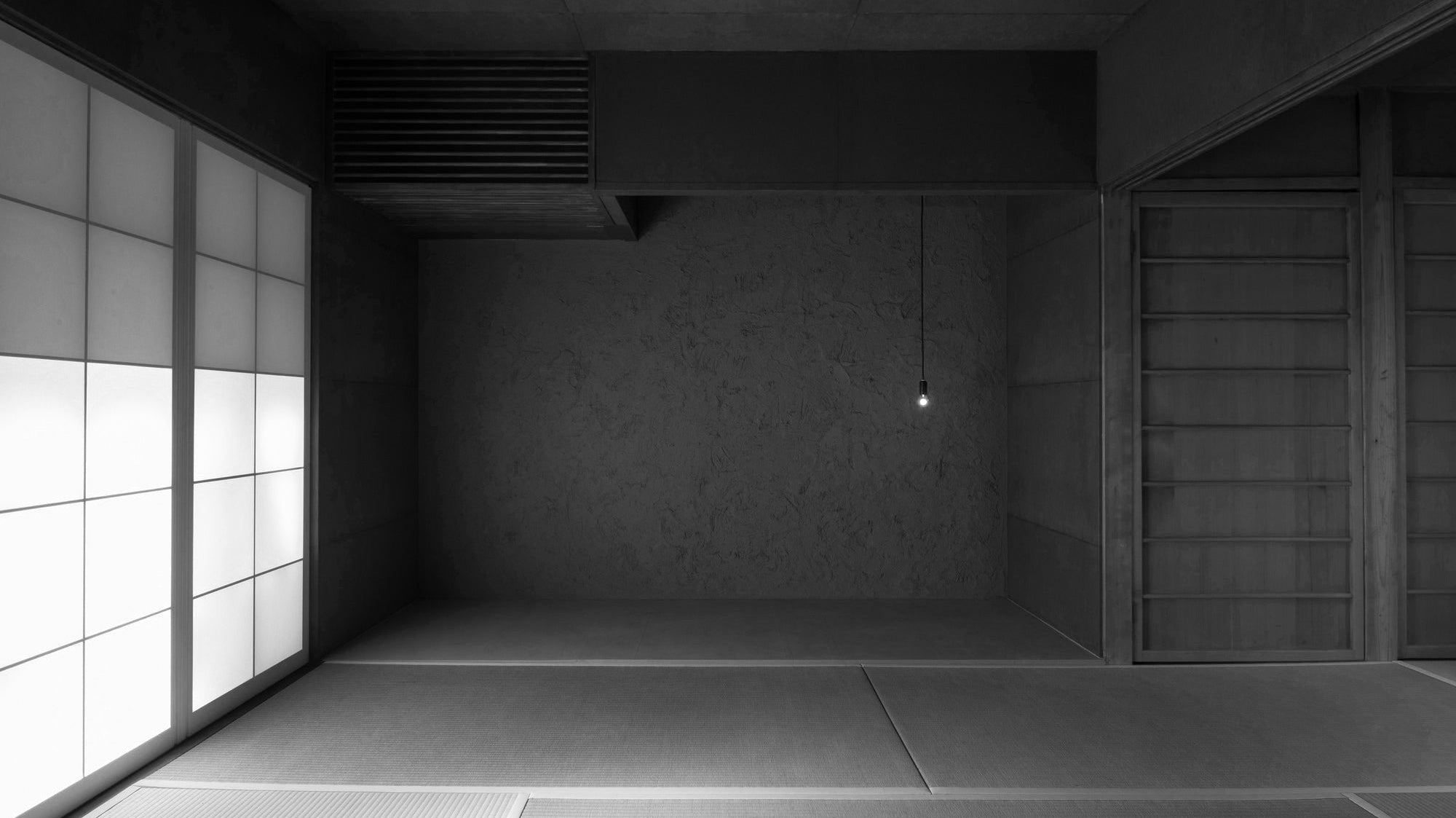(Minimalism vs. Wabi Sabi: Embracing Simplicity in Design and Life - dans le gris)
1. Cultural Origins
Minimalism
(Minimalism vs. Wabi Sabi: Embracing Simplicity in Design and Life - dans le gris)
Minimalism, which emerged during the mid-20th century in Western design, is closely intertwined with the modernist movement. It arose as a response to the fast-paced, industrialized, and consumer-driven culture that characterized post-World War II Western society. The minimalism movement sought to counteract the overwhelming influx of goods and materials in a rapidly changing urban environment.
Minimalism soon extended beyond the field of art. Several design historians attribute its roots to the simplified forms advocated by the Dutch De Stijl movement between 1917 and the early 1930s. It is commonly acknowledged to have found inspiration in the Zen-like simplicity of traditional Japanese gardens and interiors, along with the pristine aesthetics of Scandinavian design.
At its core, Minimalism embodies a profound desire for order, cleanliness, efficiency, and simplicity. It advocates for a decluttered and streamlined lifestyle. The Minimalism philosophy promotes clean lines, unadorned surfaces, and the prioritization of functionality in design. This emphasis on function over form is a reflection of the modernist movement, which also sought to simplify and streamline design and architecture. It is closely connected to the idea that less can indeed be more.
(Minimalism vs. Wabi Sabi: Embracing Simplicity in Design and Life - dans le gris)
Wabi Sabi
(Minimalism vs. Wabi Sabi: Embracing Simplicity in Design and Life - dans le gris)
Wabi Sabi's cultural origins are deeply rooted in Japan and closely intertwined with Zen Buddhism. This aesthetic philosophy and way of life have a rich history dating back to the Muromachi era (1336-1573) in Japan. During this period, Wabi Sabi emerged as an essential part of the broader cultural movement known as the Higashiyama culture.
The Higashiyama culture was significantly influenced by the patronage of Ashikaga Yoshimasa (1436-1490), who served as the shogun during that time. Yoshimasa was a powerful figure in the cultural development of Japan and had a deep appreciation for the arts. Much like Ludwig II of Bavaria in Europe, Yoshimasa invested his resources in creating an aesthetic utopia. However, while Ludwig II's vision was grandiose and extravagant, Yoshimasa's artistic paradise focused on embracing simplicity, subtlety, and the appreciation of the understated.
Zen Buddhism has a profound influence on Wabi Sabi, emphasizing the importance of embracing the present moment and finding serenity within it. This Zen influence is readily apparent in the incorporation of natural and organic elements into Wabi Sabi design, creating an atmosphere of tranquil serenity. The connection to Zen promotes mindfulness and contentment, aligning with the Japanese aesthetic principles of wabi (simplicity) and sabi (the beauty of natural aging).
In Zen philosophy, enlightenment is sought through embracing imperfection and accepting the transient nature of life. Wabi Sabi shares this perspective by celebrating the beauty found in imperfections, decay, and the passage of time. Both philosophies underscore the impermanence of all things and encourage a profound connection with the present moment.
(Minimalism vs. Wabi Sabi: Embracing Simplicity in Design and Life - dans le gris)
2. Aesthetic
(Minimalism vs. Wabi Sabi: Embracing Simplicity in Design and Life - dans le gris)
Minimalism
(Minimalism vs. Wabi Sabi: Embracing Simplicity in Design and Life - dans le gris)
The aesthetic of minimalism indeed celebrates the beauty found in simplicity. This minimalist aesthetic is characterized by uncluttered, spacious surroundings featuring neutral colors, evoking a sense of calm. The "less is more" philosophy extends to various aspects of life, from material possessions to wardrobe choices and architectural design. In this context, "aesthetic" pertains to the visual and artistic perception of beauty, essentially defining beauty through the lens of minimalism.
A fundamental aspect of minimalism involves crafting expansive and uncluttered environments. The core objective of minimalist design is to establish a profound sense of order, where every element plays a purposeful role, contributing to an overall sense of harmony. Furniture and decor within minimalist interiors exemplify simplicity and functionality as their defining traits. You'll often find clean, geometric shapes and surfaces free from embellishments, creating an aesthetic that is both sleek and functional.
In terms of color selection, minimalism frequently adopts monochromatic palettes. These color schemes lean heavily on neutral tones, whites, and occasionally incorporate soft pastels. These deliberate choices work in tandem to evoke a sense of visual purity, spaciousness, and serenity within the space. This fluently portrays the essence of minimalism and its aesthetic principles.
(Minimalism vs. Wabi Sabi: Embracing Simplicity in Design and Life - dans le gris)

Wabi Sabi
(Minimalism vs. Wabi Sabi: Embracing Simplicity in Design and Life - dans le gris)
In contrast, Wabi Sabi's aesthetics present a profound celebration of imperfection, transience, and the innate beauty discovered in life's ordinary aspects. Wabi Sabi masterfully integrates elements of irregularity, asymmetry, and a profound appreciation for handcrafted pieces. It places a higher value on authenticity over flawless perfection, invoking a deep sense of serenity and unpretentiousness.
In the world of Wabi Sabi, the value of authenticity cannot be overstated. This philosophy revels in the unique marks and blemishes that time bestows upon objects. Weathered wood, for example, is seen as a testament to its journey through the years, a testament to the elements it has weathered, and a testament to its history. The nicks and scratches on the surface of aged ceramics narrate a story of their use and the passage of time, evoking a sense of nostalgia and a connection to the past.
Rusted metal, in all its oxidized glory, is not viewed with disdain but rather embraced as a reflection of nature's unstoppable course. The process of rusting mirrors the ongoing cycle of life and death, highlighting the transient nature of all things. This celebration of weathering, aging, and rusting is at the core of Wabi Sabi's aesthetics.
Wabi Sabi's color palette is another embodiment of its deep connection to nature. It draws inspiration from the earth's subtle, understated hues, ranging from muted greens to earthy browns and soft grays. These colors are derived from natural materials such as stone, wood, and the earth itself. The choice of Wabi Sabi's color palette is a deliberate one, as it encapsulates the simplicity and authenticity of the natural world.
(Minimalism vs. Wabi Sabi: Embracing Simplicity in Design and Life - dans le gris)
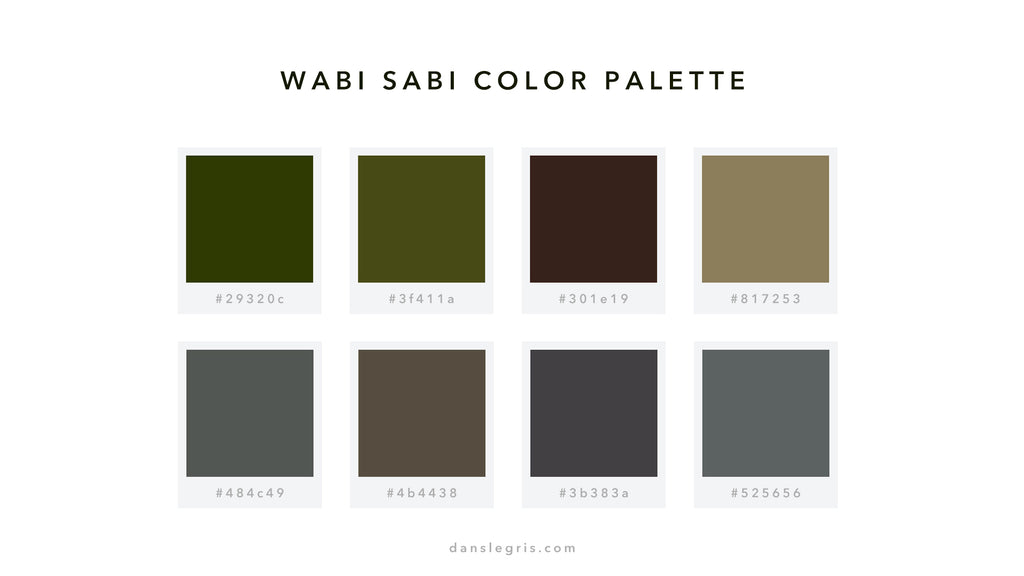
3. Approach to Objects
Minimalism
(Minimalism vs. Wabi Sabi: Embracing Simplicity in Design and Life - dans le gris)
In the world of minimalism, the approach to objects extends beyond mere functionality; it embodies a deeper ethos of timeless design and enduring relevance. The emphasis on practicality serves as a cornerstone, ensuring that every item chosen for a space is not only efficient but also built to last and adapt to evolving trends.
For instance, let's delve into the essence of a minimalist workspace. Here, every element has been thoughtfully curated to harmonize with the overarching principle of efficiency. The desk is not just a piece of furniture but a deliberate choice that optimizes the utilization of space. Its clean lines and uncluttered surface provide an ideal platform for focused work. Moreover, it offers ample storage space, which keeps the workspace tidy and free from distractions, further enhancing productivity.
The chair, an integral component of any workspace, is more than just a seating solution. In minimalism, it is ergonomically designed to ensure both comfort and support. Such thoughtful design is a testament to minimalism's commitment to creating clutter-free and efficient environments where functionality seamlessly merges with aesthetics.
Shifting our focus to a minimalist living room, we discover yet another facet of this design philosophy. Here, even a seemingly ordinary item like a sofa takes on a multifunctional role. Minimalist living room spaces are designed to maximize utility without compromising style. The sofa not only serves as a comfortable seating arrangement but also cleverly incorporates storage units. This dual purpose not only saves space but also contributes to the uncluttered, serene ambiance that defines minimalism.
Wabi Sabi
(Minimalism vs. Wabi Sabi: Embracing Simplicity in Design and Life - dans le gris)
Wabi Sabi design offers a contrast to the minimalist approach, defining its unique perspective on objects with an embrace of their imperfections and innate qualities. This philosophy transcends the conventional understanding of practicality, delving deeper into the emotional and spiritual dimensions inherent in everyday items. In Wabi Sabi, there's a profound respect for the history and individuality of objects, often celebrating the very imperfections that might be considered flaws in other contexts.
Unlike the stark and rigid minimalism prevalent in the modern world, Wabi Sabi brings a sense of serenity, albeit in a more gentle and nuanced manner. It doesn't seek to eliminate every superfluous element; instead, it appreciates the character that imperfections bring to an object, much like the wrinkles and scars that tell the story of a person's life.
In the Wabi Sabi approach, every item plays a role in creating a harmonious and serene environment. The emphasis is not on eliminating all but on giving each object a place of honor and respect within the space. This mindful curation of items in a wabi-sabi setting contributes to a sense of unity and beauty.
Imagine a Wabi Sabi-inspired living room where a handcrafted, slightly weathered coffee table takes center stage. Its slightly uneven surface and worn edges are not seen as defects but rather as marks of a life well-lived. The room might feature a collection of ceramic dinnerware, each piece unique in its own right. Their differences are celebrated, as they bear witness to the passage of time and the warmth of shared meals.
4. Lifestyle
Minimalism
(Minimalism vs. Wabi Sabi: Embracing Simplicity in Design and Life - dans le gris)
Minimalism often extends beyond design into a lifestyle choice, promoting reduced consumption, decluttering, and a focus on life's essential elements. The minimalist lifestyle has gained popularity in recent years, offering various benefits to individuals. While the advantages can vary from person to person, many find that it helps create physical, mental, and emotional space. Some may experience anxiety due to excess clutter, making the adoption of a minimalist lifestyle a potential remedy.
In a minimalist lifestyle, the central focus shifts from accumulating a multitude of possessions to cherishing quality over quantity. People engage in a meticulous curation of their belongings, intentionally selecting items that truly add value to their lives. Through this discerning process, unnecessary and extraneous possessions are deliberately eliminated, allowing for the creation of both physical and mental space.
As a result of this mindful approach to living, many minimalists discover that by letting go of the unnecessary, they develop a heightened appreciation for life's simple pleasures. This newfound perspective leads them to prioritize experiences, relationships, and personal growth over the mere accumulation of material things. The intentional focus on what truly brings happiness and fulfillment naturally leads to a sense of contentment and balance.
Wabi Sabi
(Minimalism vs. Wabi Sabi: Embracing Simplicity in Design and Life - dans le gris)
Wabi Sabi encompasses a broader cultural and philosophical concept. It encourages mindfulness, the acceptance of life's imperfections, and the ability to uncover beauty in everyday moments. In our technology-driven world, there's often a pervasive expectation of flawlessness, with little room for mistakes. Within the Wabi Sabi mindset, it's essential to acknowledge that life is constantly changing and that true perfection is, in fact, nonexistent.
Moreover, living a Wabi Sabi lifestyle leads to a profound sense of tranquility and a deep connection to life's essence. It encourages individuals to slow down, seek contentment in simplicity, and embrace the beauty found in impermanence. While a Wabi Sabi lifestyle values simplicity and advocates for stripping away the unnecessary, it also serves as a reminder to remain unpretentious. Wabi Sabi teaches us to find tranquility in simplicity and the fleeting nature of existence. It is a philosophy that encourages a more humble, uncluttered, and authentic way of life.
(Minimalism vs. Wabi Sabi: Embracing Simplicity in Design and Life - dans le gris)
Continue Reading:
• Japandi Style: A Contemporary Fusion of Japanese and Scandinavian Design
• What is Wabi Sabi? Embracing the Beauty of Imperfection
• Ma: The Japanese Aesthetic of Negative Space and Time
(Minimalism vs. Wabi Sabi: Embracing Simplicity in Design and Life - dans le gris)
About Us
Dans Le Gris is a brand that began with everyday jewelry, with each handmade piece designed and crafted in Taiwan. We deeply value every detail, dedicating ourselves to creating timeless pieces through collaboration with experienced craftsmen.
In our journal, we provide irregular updates featuring articles about art, culture, and design. Our curated content encompasses diverse aspects of life, with the aspiration to offer meaningful insights and inspiration.


